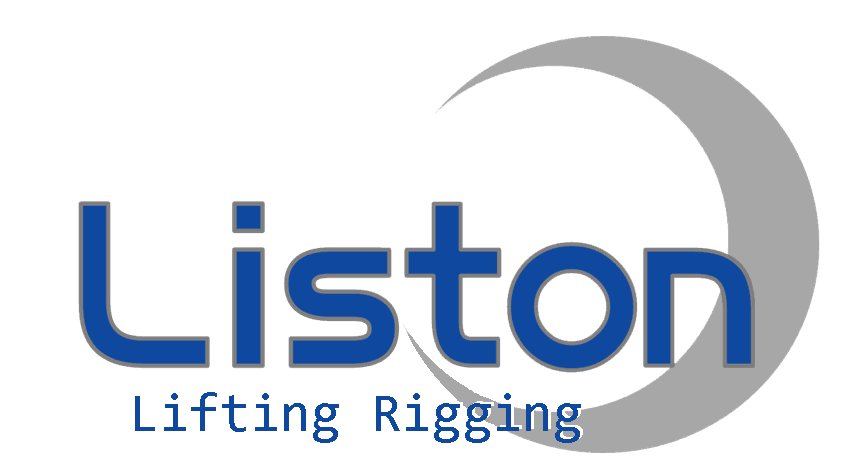Lifting cranes for trucks are essential equipment for various industries, including construction, transportation, and logistics. These cranes are designed to lift and move heavy loads, making them indispensable for tasks such as loading and unloading cargo, construction material handling, and equipment installation. In this article, we will explore the different types of lifting cranes for trucks, their applications, and the benefits they offer to businesses.
Types of Lifting Cranes for Trucks
There are several types of lifting cranes designed specifically for trucks, each with its own unique features and capabilities. The most common types include:
1. Telescopic Boom Cranes: These cranes feature a telescoping boom that can extend to reach varying heights and distances. They are ideal for lifting and placing heavy loads in hard-to-reach areas, making them popular in construction and infrastructure projects.
2. Knuckle Boom Cranes: Also known as articulating cranes, these cranes have a hinged boom that can bend at the knuckle, allowing for greater flexibility and maneuverability. They are commonly used in urban areas and tight spaces where traditional cranes may not be practical.
3. Stiff Boom Cranes: Stiff boom cranes have a fixed, straight boom that provides exceptional lifting capacity and stability. They are often used for heavy-duty lifting applications, such as loading and unloading cargo at ports and industrial facilities.
4. Truck-Mounted Cranes: These cranes are mounted directly onto a truck chassis, providing a mobile lifting solution that can be easily transported to different job sites. They are versatile and can be used for a wide range of lifting tasks.
Applications of Lifting Cranes for Trucks
Lifting cranes for trucks are used in a variety of industries and applications, including:
1. Construction: Lifting cranes are essential for lifting and placing heavy construction materials, such as steel beams, concrete panels, and pre-fabricated components. They are also used for equipment installation and assembly on construction sites.
2. Transportation and Logistics: Truck-mounted cranes are commonly used for loading and unloading cargo from trucks and trailers. They are also used for handling shipping containers at ports and warehouses.
3. Utility and Maintenance: Lifting cranes are used for maintenance and repair tasks, such as lifting and replacing utility poles, streetlights, and other infrastructure components.
4. Forestry and Agriculture: Knuckle boom cranes are often used in forestry and agriculture for tasks such as loading and unloading timber, handling agricultural equipment, and transporting heavy materials.
Benefits of Lifting Cranes for Trucks
Lifting cranes for trucks offer several benefits to businesses and industries, including:
1. Increased Efficiency: Lifting cranes enable faster and more efficient handling of heavy loads, reducing the time and labor required for manual lifting and moving.
2. Versatility: Truck-mounted cranes can be easily transported to different job sites, providing a versatile lifting solution for various applications.
3. Safety: Lifting cranes help reduce the risk of injuries associated with manual lifting and handling of heavy loads, promoting a safer work environment.
4. Cost-Effectiveness: By streamlining lifting and handling processes, cranes can help businesses save time and labor costs, ultimately improving overall operational efficiency.
5. Enhanced Productivity: With the ability to lift and move heavy loads with precision and control, lifting cranes contribute to increased productivity on job sites.
Considerations for Choosing a Lifting Crane for a Truck
When selecting a lifting crane for a truck, there are several factors to consider to ensure that the crane meets the specific requirements of the intended application. Some key considerations include:
1. Lifting Capacity: It is essential to choose a crane with the appropriate lifting capacity to handle the heaviest loads that will be encountered in the intended application.
2. Reach and Height: The reach and height of the crane should be compatible with the lifting requirements of the job, taking into account factors such as the size and weight of the loads to be lifted.
3. Maneuverability: Consider the maneuverability of the crane, especially if the job site has limited space or requires precise positioning of the load.
4. Safety Features: Look for cranes with safety features such as overload protection, emergency stop functions, and stability control systems to ensure safe operation.
5. Maintenance and Support: Consider the availability of maintenance services and technical support for the crane to ensure its continued reliability and performance.
Lifting cranes for trucks are indispensable tools for heavy lifting in a wide range of industries. With their versatility, efficiency, and safety benefits, these cranes play a crucial role in improving productivity and operational efficiency. By understanding the different types of lifting cranes available, their applications, and the key considerations for choosing the right crane, businesses can make informed decisions to meet their lifting and handling needs effectively.
Post time: Aug-01-2024


